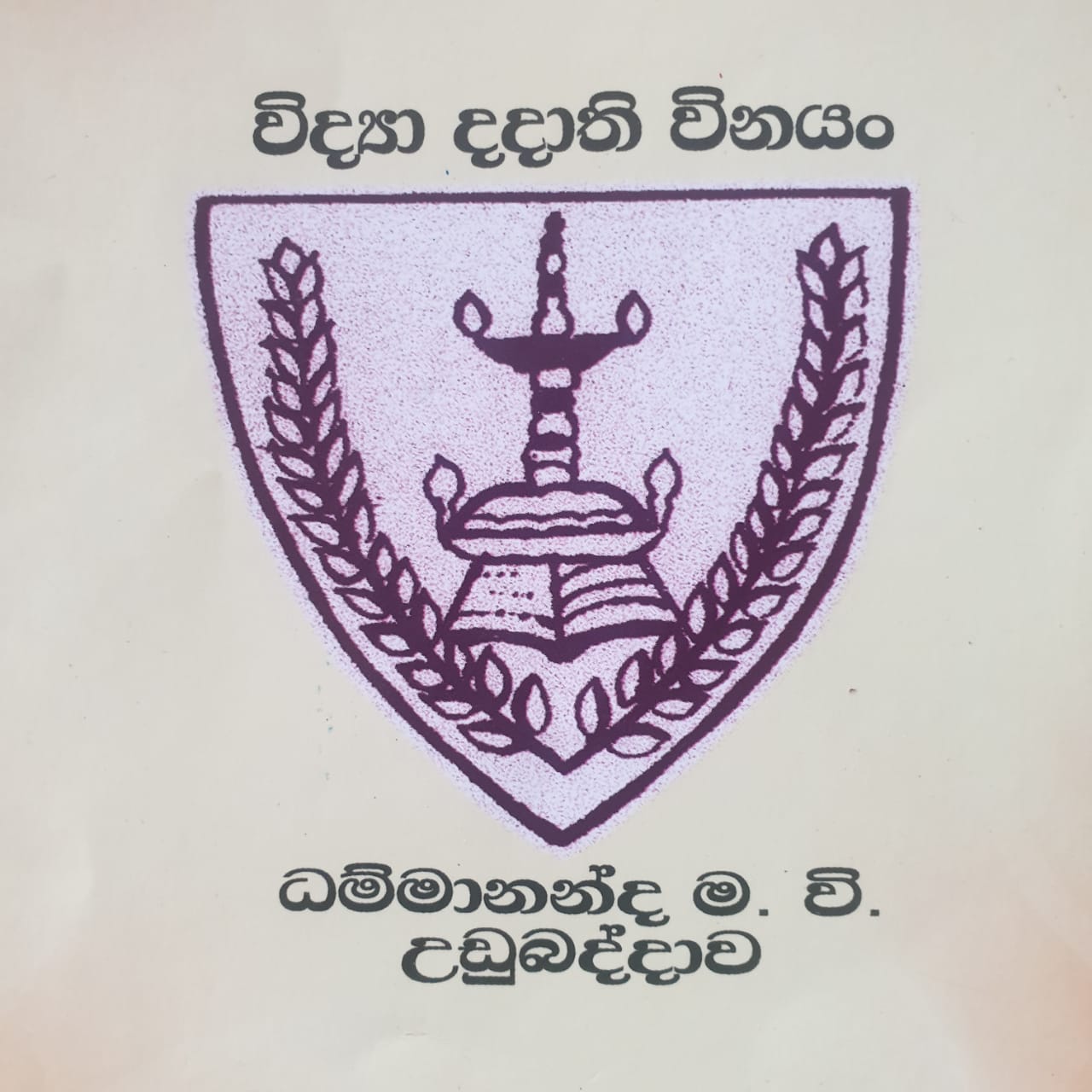Even though quality of life improved during past 50 years, unfortunately Sri Lankan economy is still depended on foreign loans and grants and 3.8 million people do not have basic needs to meet daily requirements [2] . One major problem in Sri Lanka is, its economy has failed to utilize labor force effectively. The high youth unemployment levels shows that present state run education system is not producing current labor force requirements and majority of young school leavers ended up their long school life with out a hope.
The main objective of this paper is to analysis Official Development Assistance from Japanese government to develop education sector in Sri Lanka and discover the weak points in present education system.
Poverty reduction is today’s world main theme. Walter W. McMahon mentioned that “Knowledge is the central theme for many economic developments” [3] .Among the developing countries in South Asian region, Sri Lanka has higher literacy rate around 90 percent due to the state run education system [4] .However, at present mismatch is growing between education output and labor market requirements. Many scholars pointed out present education system has to reform according to the labor force requirement.
Saman Kelegama showed that effective education system is one factor which could reduce poverty and he described that Sri Lanka needs quick changes in education system [5] . Recently, World Bank reported that junior secondary education curriculum of Sri Lanka, has to be organized more on activity based learning and practical projects and senior secondary education curriculum has to be focused on subject depth, broad general knowledge, problem solving skills, strong reasoning abilities and accurate comprehension [6] .
J. Charitha Ratwatte mentioned that education must be demand led. Demand is in the employment market. He showed that linkage between employment market and the process of education must be developed in Sri Lanka. He accepted that the product of education process is virtually unemployable and said substantial retraining is necessary to introduce students into the employment market. Ratwatte showed that lack of opportunity to learn English is a major weakness in the education system [7] . My opinion is not only English other foreign languages also introduced in to the future generation. In this global village communication is an important tool to interact with other communities. AGW Nanayakkara pointed out current trends in labor market and causes of unemployment. He recommended some policy changes in education, favorable to fulfill gaps between education and labor market [8] . Access to education and training is a major determinant of young people’s future capacity to participate and flourish in the society.
At present there is a high demand exists for vocational training in Sri Lanka. Department of National Planning of Sri Lanka has studied the quality of existing vocational training institutes and found that skills provided by the public sector vocational training institutes did not match with the labor market demands [9] .
The Development Assistance Committee peer review 2004, pointed out still around more than half of Japanese ODA focused on Asian region middle income recipient countries. According to the OECD [10] statistics, in 2002 Japan’s top ten aid recipients were from Asian region and further it has mentioned that for 20 Asian countries, Japan was the largest donor. According to the information published in Ministry of Finance and Planning in Sri Lanka [11] ,and JICA Sri Lanka office, majority of ongoing Japanese ODA projects are focusing on social and economic infrastructure building.
In early 1980s Japan was the largest donor country in the world and that time, its tied loans with high interest rates and shorter maturity periods was criticized by the rest of the world. Most of the heavy infrastructure development projects assisted by Japan were not fully benefited to the recipient governments due to high maintenance cost [12] . I agreed with this argument, before giving the assistance basic background has to be designed. Otherwise it’s a huge wastage of money as well as people in the donor countries may disappointed by not achieving the goals. However Japan’s assistance through JICA to improve quality of human power is significant. Every year JICA has number of training programs to pass advance technology, knowledge and skills to its recipient countries while sending Japanese experts and young volunteers in different fields JICA maintain continuous relationship with recipient countries [13] .
Education in Sri Lanka is considered as a basic human right and since independence education from grade one to basic degree, is free and compulsory for age group 5- 14 years. Sri Lankan government encourages parents to send their children to schools by providing school text books and materials for uniforms. Even though facilities are not equally distributed over the country, every 6 km2 of the country has at least one school now [14] . The following information gives general idea about current education system.
| Image | Teachers Name | Subject | Email Address |
|---|---|---|---|
 |
Indika Wimalarathna |
I.C.T |
|
 |
K.G.Mallika |
Science |
|
 |
Kelum Deshapriya |
Art |
|
 |
Ishara narangoda |
English |
|
 |
W.K.D.Botegu |
Science |
|
 |
R.D.Swarnalatha |
Religion |
|
 |
S.P.K.L. Samarakoon |
Citizenes |
|
 |
Ashoka Damayanthi |
Sinhala |
|
 |
Manoja Mis |
Music |
|
 |
Wimarshani mis |
Maths |
|
 |
K.A. Mayumi Krishanthi |
History |
|
 |
A.P.C.S.Pathirana |
Crafted |
|
 |
Shyama srimathi |
English |
|
 |
S.M.Chamani Sudeshika |
Development Officer |
|
 |
N.A.P.K. Disanayaka |
Health |
|
 |
W.M.T.N.Thennakoon |
Maths |
|
 |
EM.R.S Ekanayake |
Counseling |







